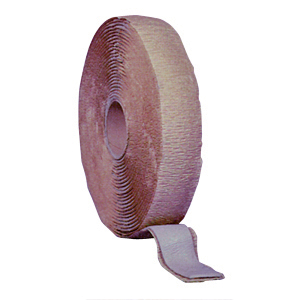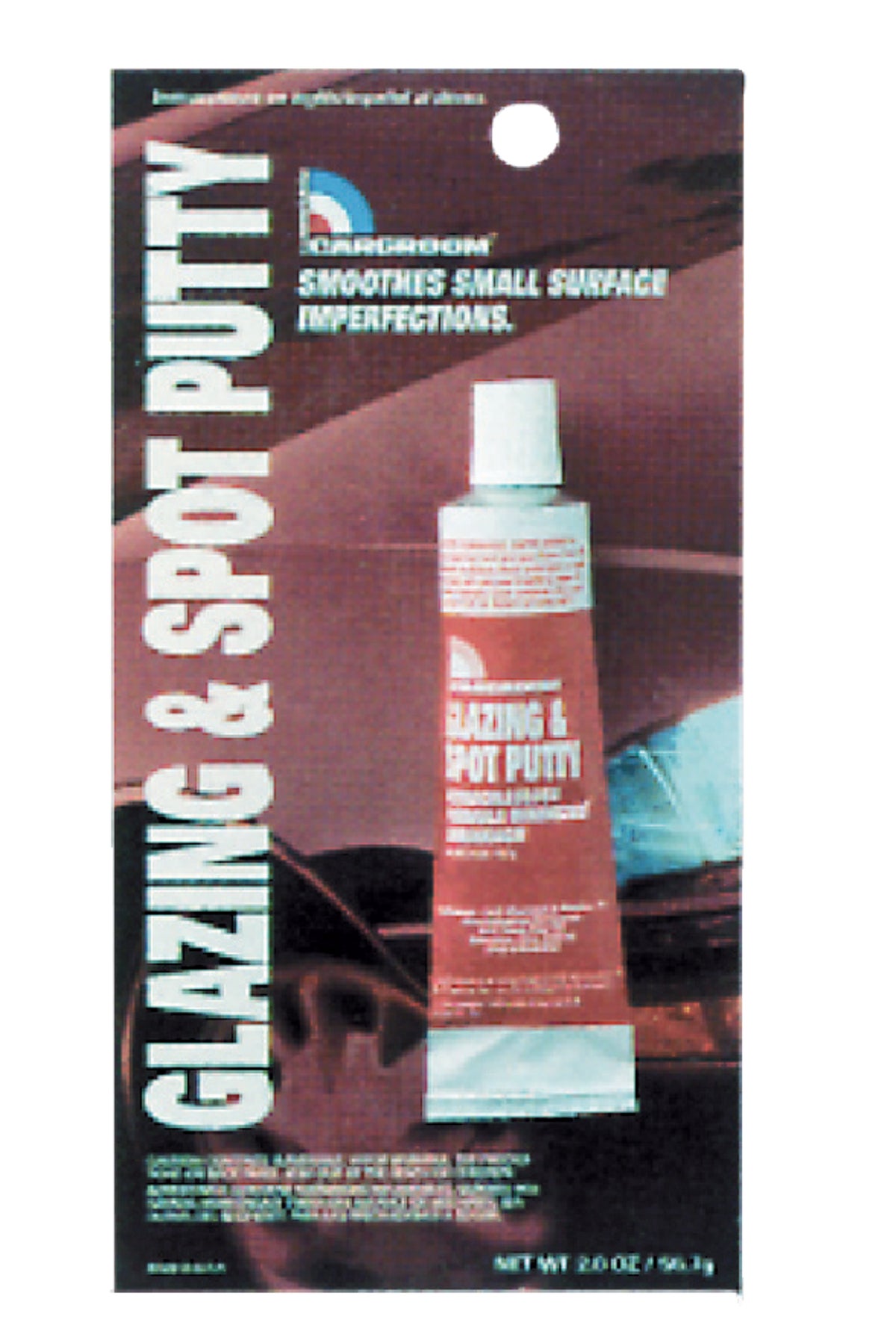
Below are a few common uses for butyl tape.Ĭar and RV parts, motorhomes, boats, travel trailers, and anything else frequently exposed to movement and vibration should use butyl tape. Its adhesion, flexibility, and longevity make it ideal for many repair and construction situations. While putty tape comes out on top for jobs where you need a quick and affordable fix that doesn’t need to stand the test of time, butyl tape is superior in most situations. Whether you should use butyl tape or putty tape boils down to the job at hand. How Do You Decide Whether to Use Butyl Tape or Putty Tape? Also, due to the petroleum chemicals it leaches, it should never be applied to an EPDM rubber roof as it can be potentially damaging. Often repair jobs done with this tape only hold up for a year or so before having to be resealed. However, the downside is that it tends to dry out fairly quickly and easily, which will affect the integrity of your seal over time. Putty tape’s a cheaper price point and ease of use make it a quick fix for leaks.

Surfaces that putty tape will stick to include: If you find that your putty tape oozes, any oozing can be trimmed off using a plastic knife or credit card without risking surface damage.
#Glazing putty tape crack
It can easily be manipulated into any crack to create a waterproof seal.Īlso similar to butyl tape, putty tape should be applied to a clean and dry surface. Much like butyl tape, this is essentially a pliable putty roll with removable backing. However, it isn’t uncommon to see it applied as a moisture gasket to temporarily block off roof leaks. Putty tape is a rubber-based sealant that’s primary purpose is sealing plumbing joints. This tape is also frequently used to protect deck joists and beams from moisture. Butyl tape is used by everyone from RVers needing to seal flanges on their roof vents to construction crews that want to create a tight seal around deck screws and fasteners. However, despite some minor downsides, this tape is still a favorite among DIY enthusiasts and construction professionals alike. Additionally, as it oxidizes with age, it may also show some discoloration, and some varieties are prone to sticking to their backing in warmer weather. One downside of solvent-based butyl tape is that exposure to chemicals like gas, turpentine, and mineral oil will break it down over time. Surfaces that butyl tape will stick to include:
#Glazing putty tape free
Additionally, it doesn’t dry out easily and retains its integrity for many years when used, saving time and money on repairs and installs.Īny surface on which you are using butyl tape should be clean and free of dust and moisture for optimal adhesion. It provides an excellent airtight and waterproof barrier that will maintain its durability and flexibility through extreme temperatures. This solvent-based sealant has a strong initial tack that allows it to instantly bond and seals most surfaces-including those where moisture is a factor.

putty tape to avoid a sticky situation! What is Butyl Tape?īutyl tape is a pliable tape with a removable protective film. Here is what you need to know about butyl tape vs.

Whether you’re wondering what is butyl tape? Or which tape should I use to repair my leaky camper? this guide is for you. They differ in surface adhesion, durability, and flexibility-with one tape coming out on top in all three of those categories. However, while many think these tapes are one and the same, that isn’t the case. When it comes to adhesives and sealants for home repairs, installations, and vehicle maintenance, butyl tape and putty tape are frequently favored for their ease of use and versatility.


 0 kommentar(er)
0 kommentar(er)
